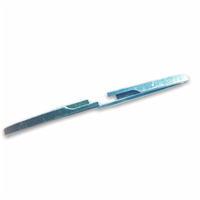Cast Iron Piston Rings
Search in Category
Cast Iron Piston Rings
Search term required.
Filter Your Search
Shop by Category
Loading...
Viewing Page 1 of 9
(84 results)
PR-IRON-3.5x.186/.187x.109/.124-C/S
$15.31
/EA












